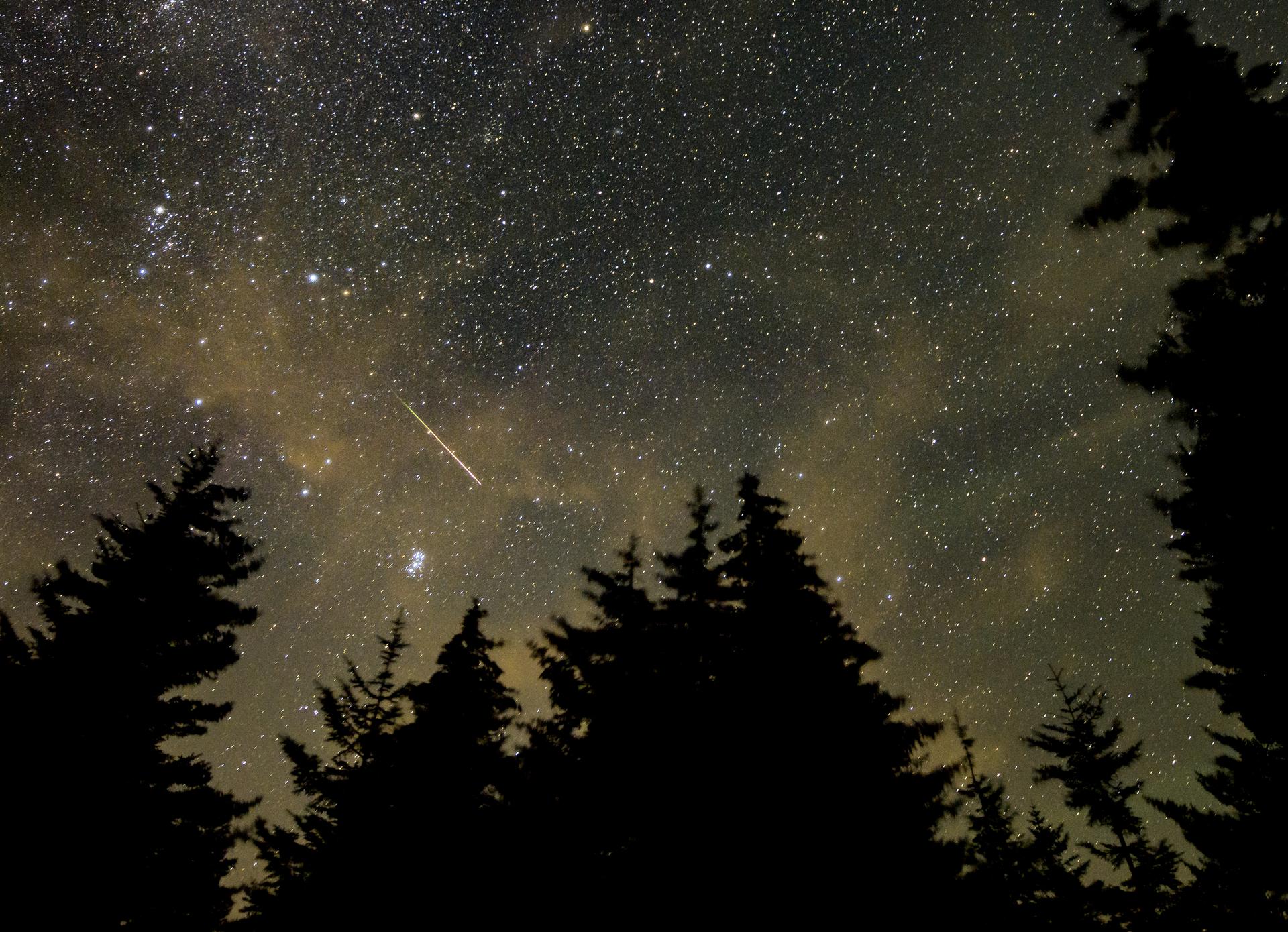On June 3, stargazers will have an opportunity to look for six planets in Earth’s solar system. Mercury, Mars, Jupiter, Saturn, Uranus, and Neptune will appear, from some dark, weather-free vantage points on Earth, to form a more-or-less straight line in the night sky – but it’ll take some optical assistance to see them all.
The alignment is a bit of an illusion, astronomers are quick to point out, given the widely varying elliptical path of each planet’s orbit around the Sun. But the uncommon arrangement could prove captivating indeed – if local weather does not interfere.

The planetary alignment is likely to be most visible 30-60 minutes before sunrise, looking east from a dark, high vantage point with minimal light pollution and an unobstructed view of the complete horizon.
“If you were somewhere out in space other than on Earth, these planets would not appear aligned at all,” said Dr. Alphonse Sterling, astrophysicist at NASA’s Marshall Space Flight Center in Huntsville, Alabama. “It is not unusual to see two or three lined up, but to have six of them line up like this is uncommon.”
Mars and Saturn will be identifiable with the naked eye, and Mercury and Jupiter may also be spotted close to the horizon. To add Neptune and Uranus to the lineup, however, will require the use of a telescope or high-powered binoculars.
“You can see it basically anywhere there isn’t a ton of light pollution,” Sterling said. “You just need a clear view looking east. Jupiter and Mercury will be the last to join, rising just above the horizon. You won’t see six bright dots lined up. In the best circumstances, you can see Jupiter, Mercury and Mars and Saturn. You’ll need binoculars or a telescope for the others.”
Alignments of six planets happen infrequently, depending on the orbit and position of each planet as seen from Earth. Indeed, we may see an encore performance later this year. The same rough alignment of six planets could be visible in the pre-dawn hours of Aug. 28 and again on Jan. 18, 2025.
That’s certainly more common than a full planetary alignment, in which all eight planets in our solar system would appear to fall into approximate formation on the same side of the Sun. Given all the factors involved, including the orbital plane, speed, and distance of each planet, estimates suggest it would take more than 300 billion years to happen just once.
That’s longer than the estimated lifetime of our parent star, so don’t wait up.
The planetary alignment is the latest skywatching event in a recent period rife with them. Space enthusiasts enjoyed a total solar eclipse April 8 and a rare sighting in May of the aurora borealis over parts of the continental United States – the result of an uncommonly large geomagnetic storm.


















